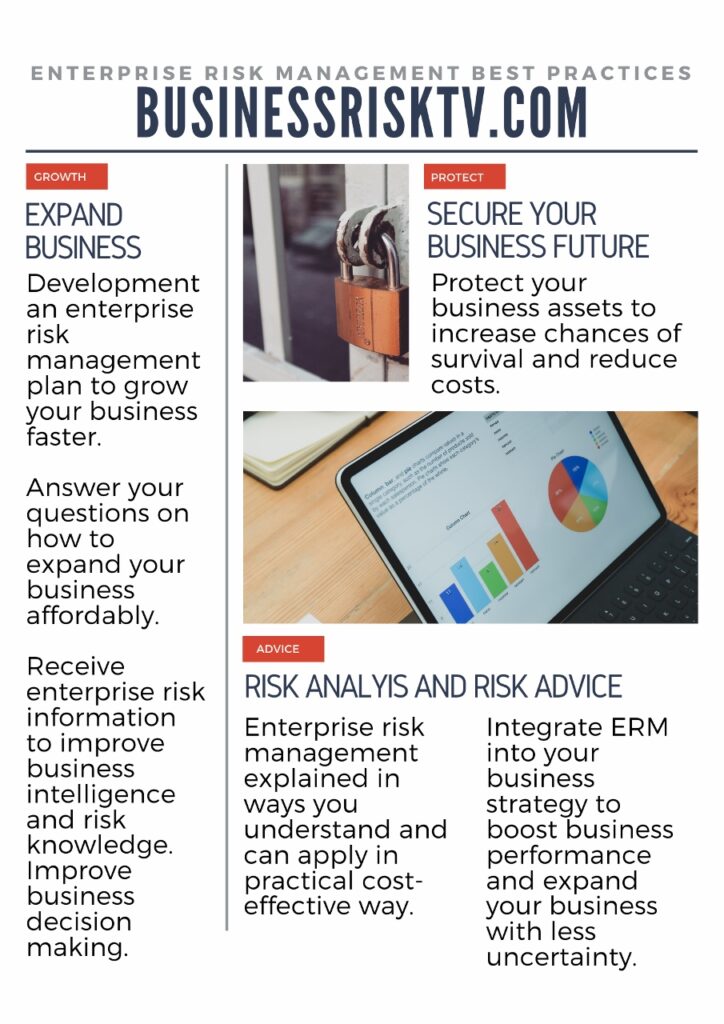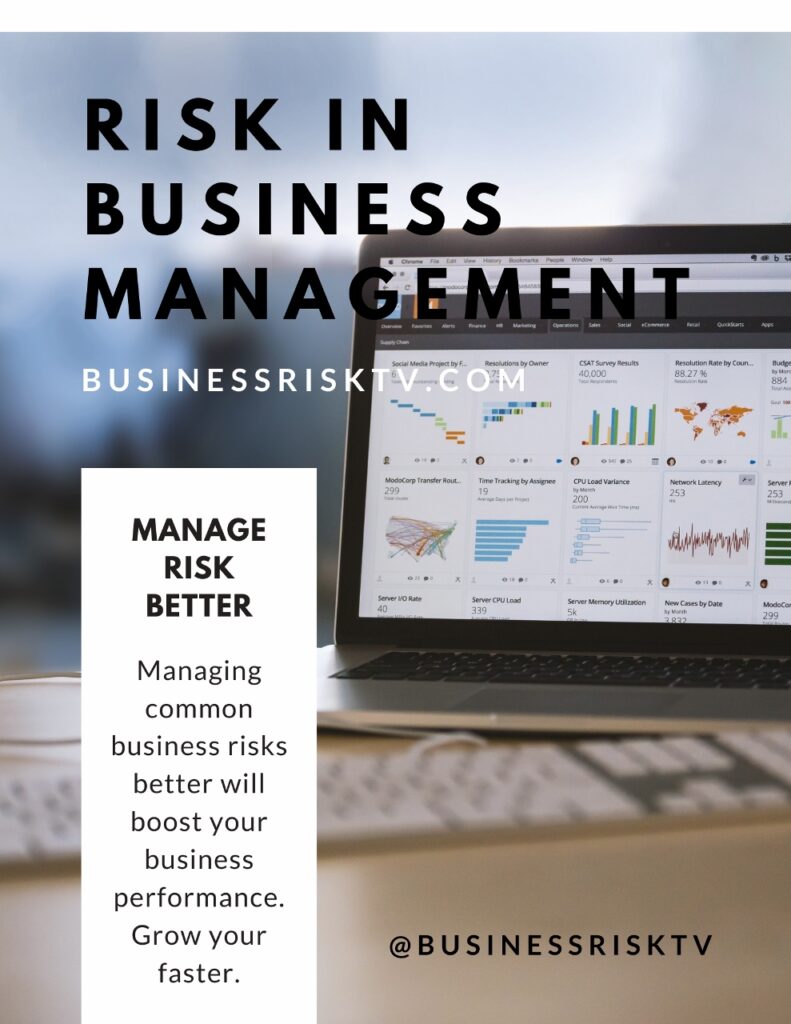How to boost your business performance
Monitoring business outcomes involves tracking and analysing key performance indicators (KPIs) to assess the success and progress of a business. Here are some steps to help you effectively monitor business outcomes:
- Define your business goals: Clearly articulate your business objectives and what you aim to achieve. Establish specific, measurable, attainable, relevant, and time-bound (SMART) goals. For example, increasing revenue by 10% in the next quarter.
- Identify relevant KPIs: Determine the key metrics that align with your goals. KPIs may vary depending on the nature of your business, but common examples include sales revenue, customer acquisition rate, customer satisfaction score, conversion rate, website traffic, and average order value.
- Establish data tracking systems: Implement tools and systems to collect relevant data. This may involve using analytics software, customer relationship management (CRM) systems, financial reporting tools, or any other platforms that provide insights into your KPIs. Ensure data integrity and accuracy by properly integrating and validating your data sources.
- Set benchmarks and targets: Establish benchmarks and targets for each KPI based on historical data, industry standards, or desired performance levels. These benchmarks will serve as reference points to evaluate your business outcomes.
- Regularly collect and analyse data: Consistently gather data on your chosen KPIs. This can be done through automated reporting, data exports, or real-time analytics dashboards. Analyse the data to identify trends, patterns, and areas of improvement. Use visualisations and reports to better understand your business performance.
- Take corrective actions: If your business outcomes are not meeting the desired targets, identify the root causes and develop corrective actions. This could involve adjusting marketing strategies, improving operational efficiency, enhancing customer service, or other relevant measures. Regularly review and update your action plans based on the insights gained from data analysis.
- Communicate and track progress: Share the outcomes and progress with key stakeholders, such as management, employees, and investors. Transparently communicate the results, highlighting successes and areas that need improvement. Regularly review and discuss the business outcomes in meetings or reports.
- Adapt and iterate: Business environments are dynamic, so it’s important to adapt your monitoring approach as needed. Regularly reassess your KPIs, refine your data collection methods, and adjust targets as your business evolves.
By following these steps, you can effectively monitor your business outcomes and make data-driven decisions to drive growth and success.
More business risk management articles videos and cost saving tips
Monitoring Business Outcomes













































